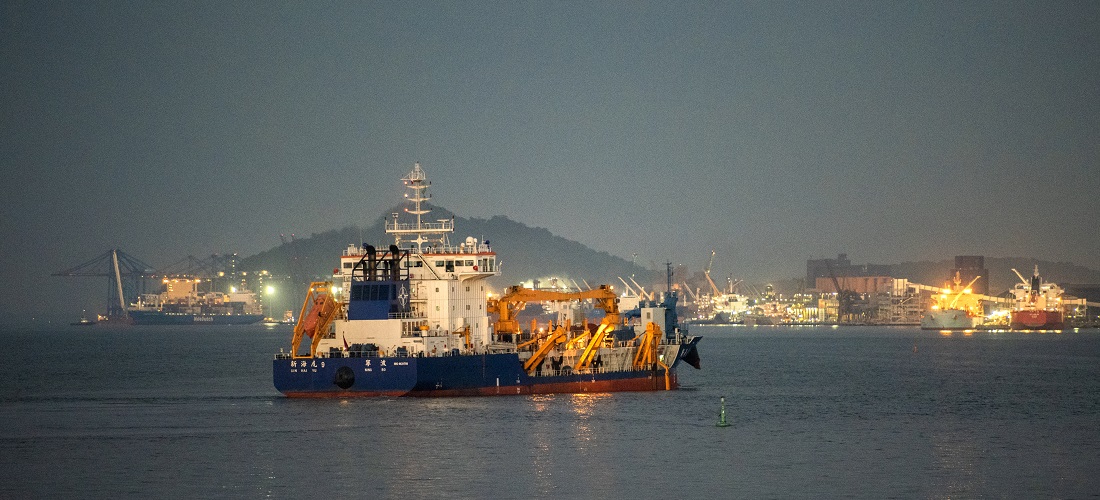
Ports of Paraná now operate at night without any restrictions
Nov, 26, 2019 Posted by Sylvia SchandertWeek 201949
Operations at the ports of Paraná will be even more agile. From now on, ships will not have restrictions for night operations and navigation. With the joint effort of the Port and Maritime, Practicing and Operators authorities, the traffic and permanence norms in the ports of Paranaguá and Antonina were updated. The rules were equalized for both periods of the day.
This update specifically addresses chapter 8 of the rules, which makes the “daytime and nighttime draft” the same. That is, it allows ships to enter and exit at full load (within the permitted limit) at any time of the day. The draft is the measure that goes from the water line or surface to the lowest point of the vessel (keel). This is how much the ship is allowed to submerge when loaded.
According to the CEO of the public company Portos do Paraná, Luiz Fernando Garcia, the port terminals in Paraná gain in operating capacity and opportunity of new markets with the change. “We will give more agility to the routes already operated here and gain new routes that were not coming to the Ports of Paraná due to these restrictions. We have entered the market fully operating. Arriving ships will enter, load, and depart without restriction,” says Garcia.
Operations – Portos do Paraná’s Director of Operations, Luiz Teixeira da Silva Junior, states that shipowners can be sure to carry the entire load, regardless of the time of day. “After all, the Port is open 24 hours; there are no restrictions on working on land. The sea has to follow.”
He explains that this “differentiation” between the night and daytime draft always existed in the ports of Paraná. However, with the evolution of navigation technology and investments in nautical signaling this difference no longer made sense.
“At night the ships were barred from entering and leaving loaded and had to wait until the following day. Now the ship that operates during the day can operate the same way at night, both in and out of ports,” he says.
Containers – The segment most benefited from draft equalization is containers, whose vessels are larger and, as a result, can be better utilized and loaded, day and night.
According to Juarez Moraes e Silva, institutional director of the Paranaguá Container Terminal (TCP), equalization was an old and very relevant claim for the supply chain which the second Latin American Port System demands.
“This has a very positive impact on the business, making us one of the first Brazilian ports able to receive the largest foreign trade vessels in Latin America. As a result, this will increase handling capacity, reduce operating costs, and make foreign trade even more competitive, with Portos do Paraná as its global connection channel,” he says.
Current parameters – With the equalization of the draft, the following is established in Chapter 8 of the Rules of Maritime Traffic and Permanence in the ports of Paranaguá and Antonina:
· Ships 245 meters in length (LOA) by 36 meters in width (beam) can be loaded until submerged by 12.50 meters (maximum draft);
· Ships 298 meters in length (LOA) by 45.2 meters in width (beam) can be loaded until submerged by 12.30 meters (maximum draft);
· Ships 368 meters in length (LOA) by 51 meters in width (beam) can be loaded until submerged by 11,80 meters (maximum draft).
-
Other Logistics
Oct, 25, 2024
0
VLI breaks all-time record for single sugar shipment at Tiplam
-
Ports and Terminals
Mar, 16, 2022
0
Intermodal 2022: CODEBA brings together world-class port sector leaders at its stand
-
Shipping
Apr, 27, 2022
0
Eco Marine Power showcases zero emission handymax bulker design
-
Trade Regulations
Sep, 24, 2019
0
Government regulates arbitration in the port and transport sectors

